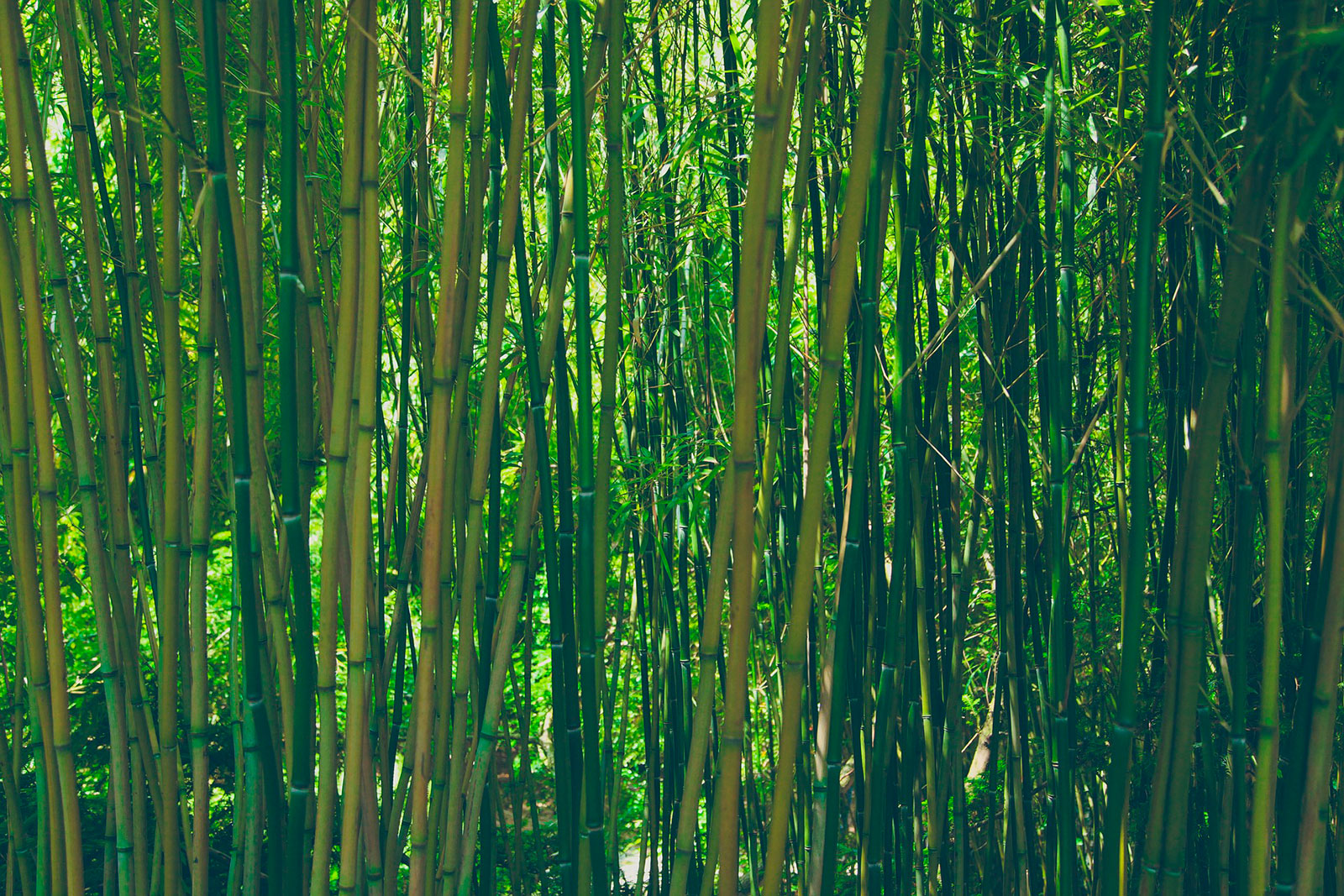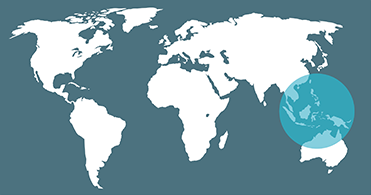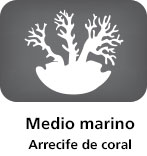Southeast Asia is also one of the most biodiverse areas of the planet and hosts important ecoregions such as the Mekong River or Sulawesi.
The Greater Mekong basin is Asia’s largest rice-growing area. About 5,000 winding kilometers stretch from the Tibetan plateau to the South China Sea, accounting for the largest inland fishery in the world, with 25% of the world’s freshwater catches.
After the Amazon, it is the second river with the highest biodiversity of fish. It is estimated that at least 1,100 freshwater species swim in the waters of this river. However, the unprecedented economic and social development of the Mekong River makes conservation work particularly urgent there. The main threats are the development of hydropower, climate change, illegal trade with species and loss of natural habitats.
The Sulawesi ecoregion encompasses the lowland forests of the island of Sulawesi as well as the surrounding islands: Banggai and Sula in the east and Talaud and Sangihe in the north. Its location, the geological history and its isolated situation have managed to develop a very characteristic fauna. The endemic forests of this ecoregion harbor a high number of mammals and several unique bird species on the planet. However, more than half of the original forests have been deforested, and most of the remaining forests have been fragmented.










